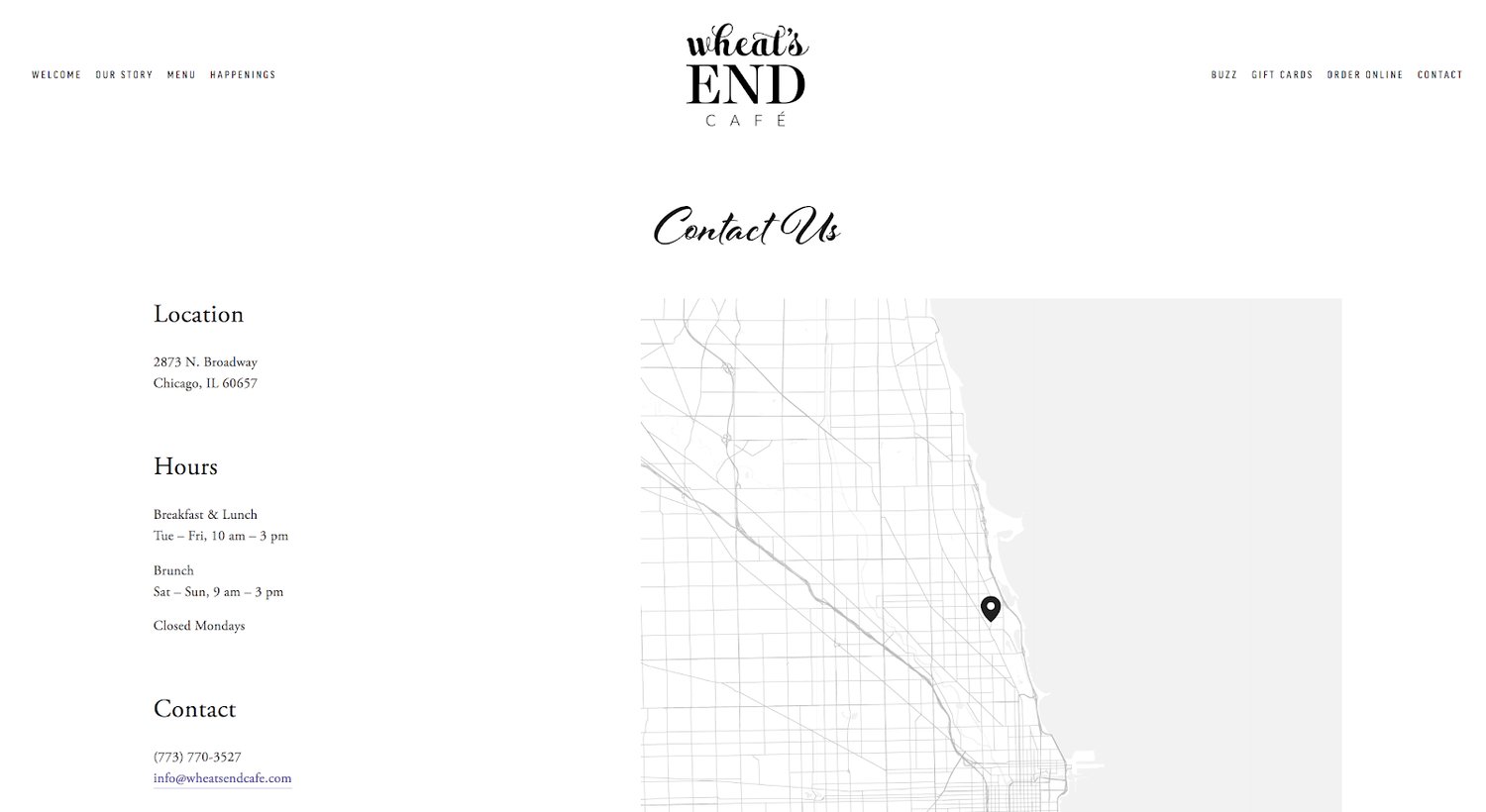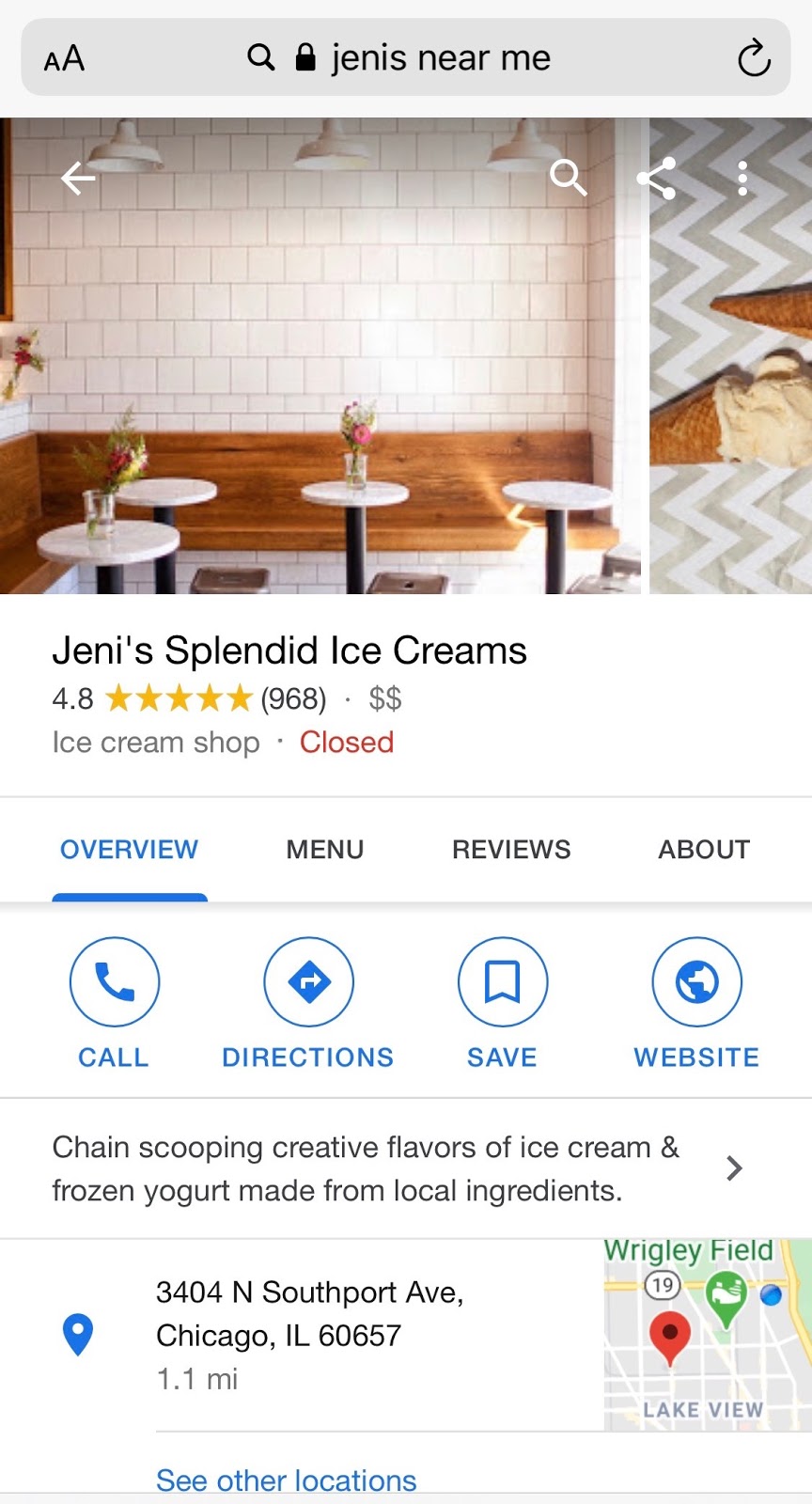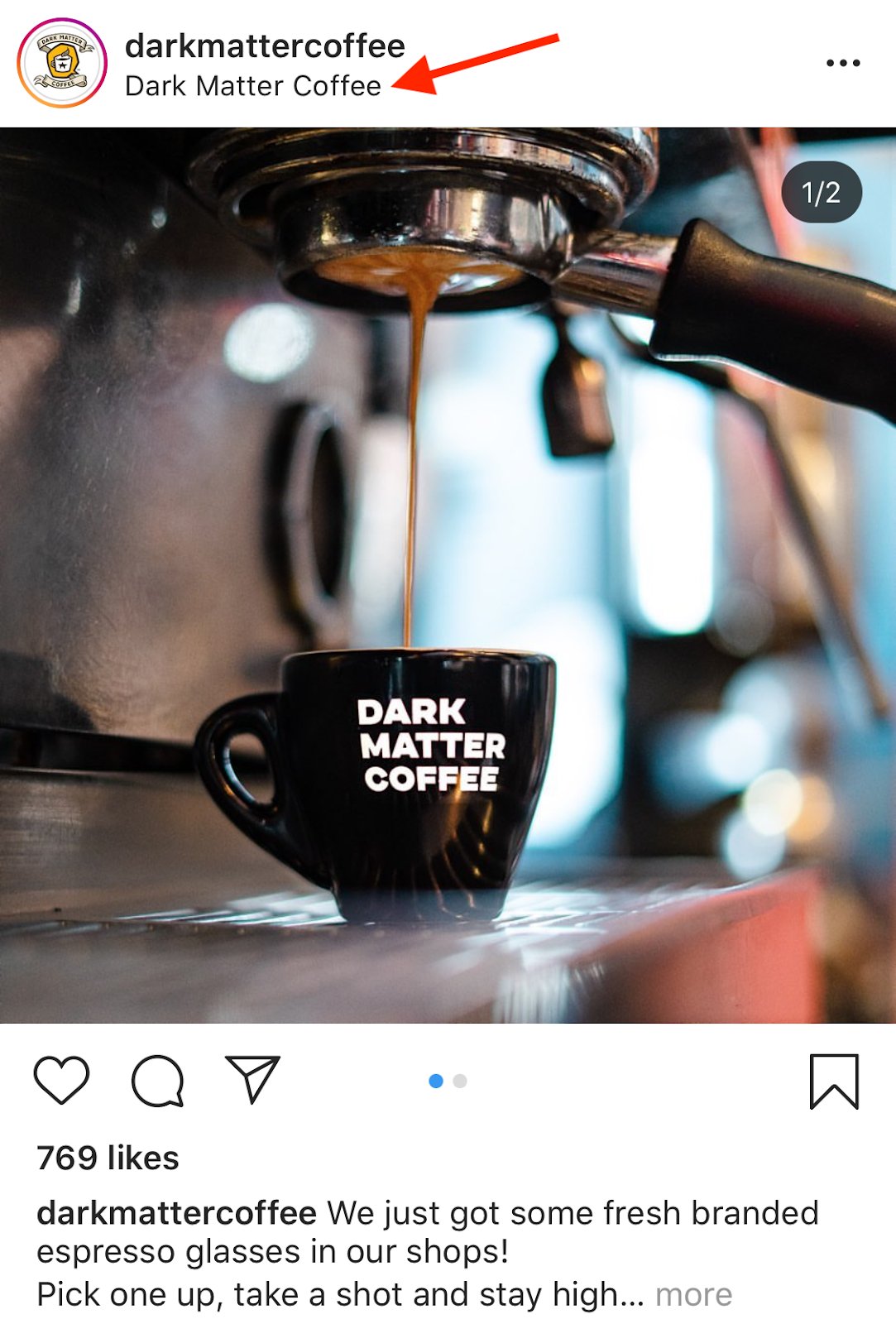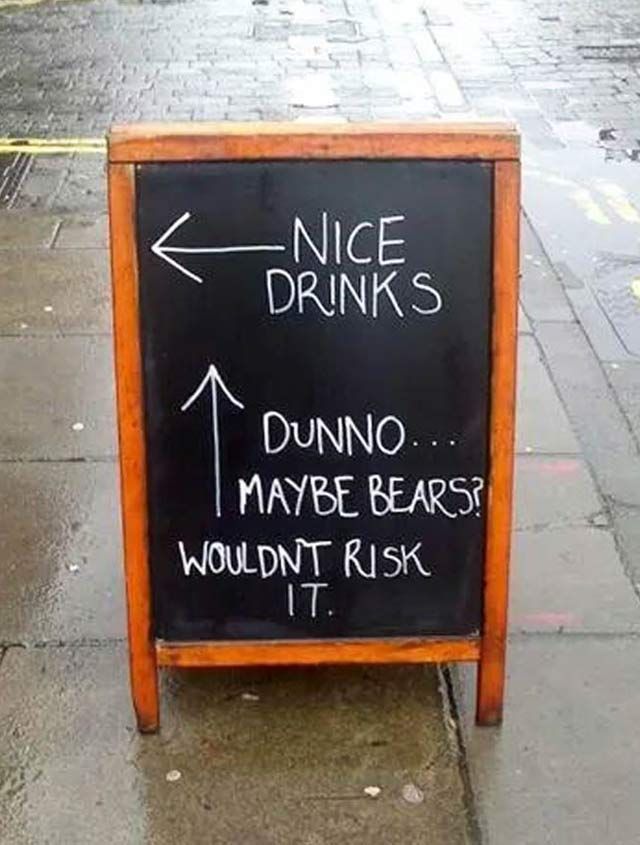When I moved to Chicago two years ago, I knew very little about the city and my new neighborhood. As I got comfortable and established myself as a new Wrigleyville resident, I made a very important friend in Google.
Google helped me find the businesses, vendors, and specialists I needed in a new city — from a hair salon and gym to an appliance repairman and locksmith. But Google couldn’t have helped me discover these folks without those businesses investing in local marketing.
Did you know that 97% of people learn more about a local company online than any other medium? In fact, 88% of mobile online searches for local businesses result in either a call or business visit within one day.
If your business caters to a local audience, has several service areas, and/or has a brick and mortar location, local marketing is a must-need strategy. In this guide, we break down local marketing and a slew of helpful strategies to help you get started.
What is local marketing?
Local marketing is a marketing strategy that targets consumers and customers within a certain radius of the physical location(s) of a business. Local marketing is also known as neighborhood marketing or local store marketing.
If you have at least one brick-and-mortar business location (this applies to both local businesses and chains), local marketing is a marketing strategy you should consider adding to your arsenal. Local marketing can work for any brand that has a physical location, but it’s especially important for locally-based businesses whose primary business happens in-person (versus online, where consumers in any location can make purchases).
Local marketing allows you to hone your resources on a select audience — one that can actually respond to and shop from your digital and print advertisements.
The key to successful local marketing is accurately defining your buyer personas. This process helps you better understand your target audience’s demographic and psychographic information, including their geographic location(s). This location data is how you can pinpoint where you can funnel your local marketing energy.
If local marketing sounds like an approach you’d like to apply to your own business, make note of these strategies. You may be able to attract new local customers by implementing these for your company. (Hey, sometimes small local businesses have the biggest viral marketing campaigns.)
Local Marketing Strategies
- Confirm your website is mobile-friendly.
- Localize your website.
- Claim your local listings on third-party websites and directories.
- Invest in local SEO.
- Localize your paid advertising.
- Go local on social media.
- Be active in your community.
- Don’t forget your local media.
- Leverage your ecommerce activity.
Here are 9 local marketing tactics that you can use to attract new business from your local area and surrounding neighborhoods. Don’t hesitate to combine these strategies to strengthen the impact of your local marketing.
1. Confirm your website is mobile-friendly.
You probably aren’t surprised that over half of worldwide internet traffic happens on mobile devices.
But did you know that 61% of mobile searchers are more likely to contact a local business if they have a mobile-friendly site? A mobile-friendly site is critical to attracting new business, especially local customers.
Mobile-friendly sites load seamlessly when accessed on a mobile device. They often show bigger text, form fields, menus, and buttons, making it easier to browse site information on the go.
Before you embark on these local marketing strategies, confirm your website is mobile-friendly. If you’re not sure about your own site’s mobile responsiveness, use Google’s Mobile-Friendly Test tool.
2. Localize your website.
Localizing your website involves making your web content relevant to your local audience and consumer base. First, add location-based terms to your website. For example, instead of “vegan bakery,” your homepage could read “best vegan bakery in Wrigleyville”. This is especially important for niche companies and industries like for law firm marketing or other local goods and services.
Localize your web content wherever relevant, and keep this language consistent between your website, social media, and digital ads.

Secondly, add location pages to your website. This is especially important if you have more than one brick and mortar location. These pages publish your business name, address, phone number, and other relevant store information; they also help you rank on local SERPs.
3. Claim your local listings on third-party websites and directories.
There are numerous third-party websites, directories, and review sites that highlight local businesses and educate consumers on where to shop. As a local business, you don’t want to miss out on this traffic (both digital and foot).
These sites are important for SEO and search intent purposes; for example, consistency between your name, address, and phone number information (referred to as NAP) is extremely important, and these directories help you establish that online.
The most important listing you’ll want to claim is Google My Business. This will allow your business information to show up accurately when people search for your name, industry, products, or all the above.

This process will also equip customers to start leaving you reviews — another critical component of drumming up local business. Visit Yelp, Yellow Pages, Better Business Bureau (BBB), and Foursquare to claim/create these listings, too. Tools like Moz Local simplify this process so you don’t have to do it manually.
Depending on your industry, there may even be service-specific ones you can list on, such as Niche.com or GreatSchools.org.
Setting up these listings legitimizes your business’s online presence and improves your search engine rankings. Most importantly, however, these websites also fuel word-of-mouth marketing — today’s strongest marketing strategy by far.
4. Invest in local SEO.
Local searches lead 50% of mobile users to visit stores within 24 hours. But this wouldn’t be possible without local SEO. Local SEO is optimizing your website to rank for locally-relevant terms and keywords. Google Trends is a helpful tool here for identifying what terms are popular in your location and for your industry.
In addition to localizing your website, create local content. Promote local gatherings, neighborhood events, and industry listings from your area. This type of content helps localize your website and paint you as a local authority.
5. Localize your paid advertising.
Local advertising is another powerful way to reach your local audiences. Not only does this strategy target specific audiences and personas (hint: based on their location), but it also involves adding relevant keywords to your ad content.

Include terms like your city or neighborhood to your listings and incorporate location data where possible.
6. Go local on social media.
Social media is arguably the quickest and most efficient way to connect with local and global shoppers alike. Most social platforms provide plenty of localization options, from setting a location in your profile to tagging the location of each post.

You can also share local hashtags in the caption or comments.
7. Be active in your community.
People are proud of the cities, towns, and neighborhoods they live in, including their local businesses and organizations. When you support your community as a business and employer, your community is likely to support you, too.
Get active with non-profit activities, local sports teams, community school events, county fairs or expositions. If you can’t physically attend, consider sponsoring an event to get more eyes on your brand name.
8. Don’t forget your local media.
Local news consumption is still alive and well. Consumers trust local media to keep them updated about their communities and neighborhoods, and that includes business and economy-related information.
Invest in radio advertising, take out an advertisement in the local newspaper or find your way on your town’s morning news show. Whether you’re marketing your grand opening or simply want to get your brand name out there, any exposure through the local media can help bring new customers to your door.
9. Leverage your ecommerce activity.
Ecommerce and local marketing don’t have to be mutually exclusive; both can bring in new business and provide excellent experiences for your customers. In fact, you can use ecommerce to boost your local business (and vice versa).
For example, consider offering an in-store coupon for every online purchase or providing free in-store pickup or returns. These strategies get customers in the door and browsing your store — even those who discovered you online.
Local Marketing Ideas
- Distribute local print marketing materials.
- Become a local sponsor.
- Invest in booth space at local events.
- Hold a contest on social media.
- Use a sidewalk sign.
- Set up a suggestion box.
These local marketing ideas put the above strategies to work. Consider adding some of these ideas to your next round of marketing efforts.
1. Distribute local print marketing materials.
Design and print high-quality business cards, postcards, and flyers — even car magnets. Not only will these be a physical piece of your brand for customers to hold onto, but they can equip your customers with the tools to market on your behalf. Bonus: Include a small discount or freebie coupon on your business card to bring customers back.
2. Become a local sponsor.
Get your business name in front of new customers by sponsoring a local sports team, school event, or non-profit fundraiser. This strategy allows you to showcase your brand on signage, marketing materials, and even uniforms.

3. Invest in booth space at local events.
Another way to get new eyes on your business is by purchasing a booth at a local event. The price for booths range depending on the event and anticipated attendance, but it’s always a good investment — you can give away branded merchandise and connect with more members of your local community.

4. Hold a contest on social media.
Use digital channels like social media to increase your foot traffic. Consider holding a contest through which participants can enter on social media and collect their prize in person. You can also offer discounts or free giveaways if shoppers engage with your social media profiles, share their purchases, or tag the business on Facebook or Twitter.
5. Use a sidewalk sign.
Nothing gets the attention of local shoppers like signage. Set up a sidewalk sign outside your business to attract shoppers that are walking or driving by. Be sure to include your business name, “open”, and perhaps your business hours. Another option here is billboard advertising, especially if you’re marketing in a heavily trafficked area.

6. Set up a suggestion box.
You’ll never know how to better attract customers if you don’t ask them. Set up a suggestion box in your business to give visitors an anonymous way to share feedback about their experience. Check this box weekly and implement anything new you may learn.
Local Marketing Helps You Grow Better
Local marketing helps you reach new audiences, boosts your search rankings and online traffic, and helps establish your business in your local community. Invest in these local marketing strategies to bring new customers in your doors today.




![How to Optimize for Google’s Featured Snippets [Updated for 2024]](https://moz.com/images/blog/Blog-OG-images/How-to-Optimize-for-Googles-Featured-Snippets-OG-Image.png?w=1200&h=630&q=82&auto=format&fit=crop&dm=1724004002&s=13df73104762982790dab6dc8328023f)


